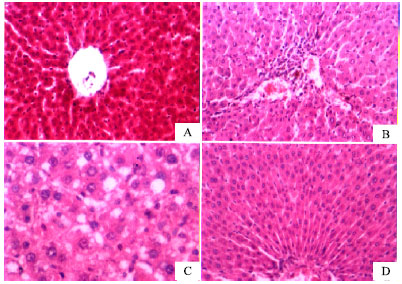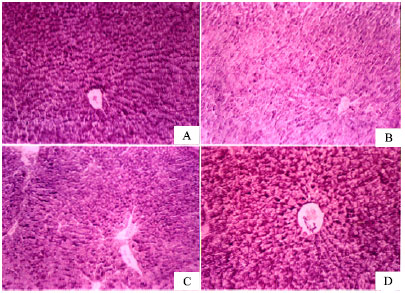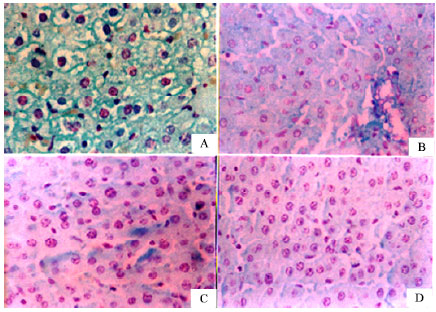Research Article
Capsaicin Ameliorates Hepatic Injury Caused by Carbon Tetrachloride in the Rat
Department of Pharmacology, National Research Centre, Tahrir St., Dokki, Cairo, Egypt
Amany Ameen Sleem
Department of Pharmacology, National Research Centre, Tahrir St., Dokki, Cairo, Egypt
Nabila S. Hassan
Department of Pathology, National Research Centre, Tahrir St., Dokki, Cairo, Egypt
Hafiza A Sharaf
Department of Pathology, National Research Centre, Tahrir St., Dokki, Cairo, Egypt
Mozsik Gy
Department of Internal Medicine, Medical University ofPecs, Hungary












